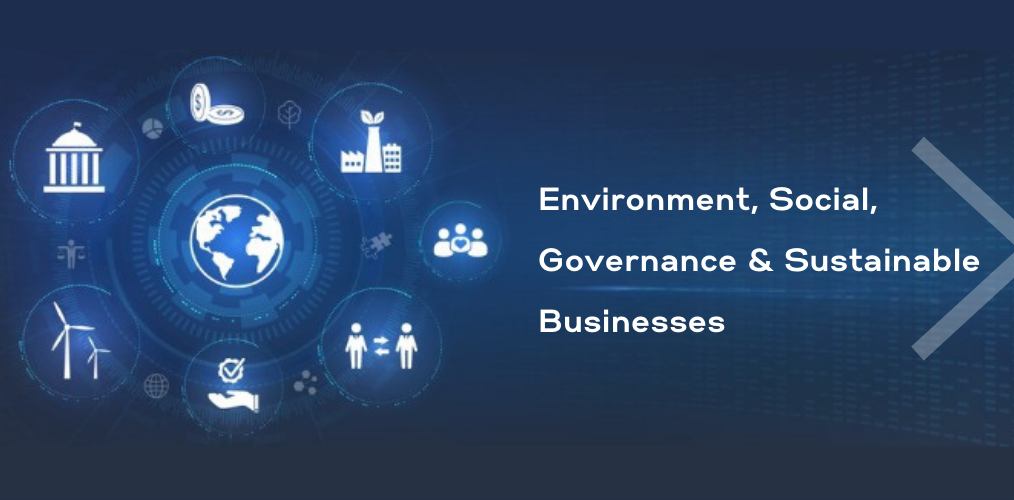With so many real-world applications, AI has become a powerful medium for insurers to adapt to the ever-changing customer expectations and standards. AI-driven personalization could allow insurers to design Insurance products that are tailored to each consumer’s unique situation. Insurers can mine data from connected systems and adjust their rates on a case-by-case basis based on a customer’s unique situation. A new generation of AI-powered insurtechs is rapidly emerging. The insurance landscape is still in its early days of AI integration, but more companies are already trying it out and anticipating the next wave of technological development.
Here are some quick benefits of incorporating AI in insurance:
Empowering Sales Forces and Identifying New Leads
Sales force enablement in insurance through AI and ML has been a buzzword in recent years. As customer expectations change, AI and ML solutions have become increasingly important to improve sales performance. Such a system would harness a company’s collective knowledge, identify the best customer to target, record agents on calls, analyze transcriptions and learn from each call. Then, it would be able to provide agents with the most current information to maximize their sales performance.
In addition to enabling the sales process, AI can also identify new leads by using a prospect’s social media footprint and prioritizing them by relevance. Using AI to help sales reps increase revenue will free up time that can be used for inputting documentation or mining existing accounts. Sales force enablement solutions can significantly streamline marketing and sales processes.
Automating Decision-Making and Underwriting Procedures
AI and ML can improve the decision-making process of insurance companies through automated processes. These algorithms are designed to analyze objective data and produce more accurate decisions than human underwriters by classifying identical data. Furthermore, these algorithms can be trained to draw insights from historical data and recommend coverage options based on them.
AI-driven underwriting systems can integrate with the entire insurance value chain. The insights from cross-platform visibility can open up new cross-sell opportunities, while the insights from centralized data lakes empower underwriters to approach customers with personalized insurance coverage. AI-driven systems can be trained to analyze the customer’s journey and provide the right kind of coverage for the right customer.
Offering Claims Judgment to Adjudicate Better
AI is already being used in insurance claims adjudication, with some insurers leveraging AI and ML in their processes. AI can proceed to mine data from electronic health records, access medical files automatically, and automatically calculate pay-outs before forwarding them to a human agent for approval. For e.g., in Health Insurance, AI-enabled claims adjudication can automate pre-authorization workflows and provide current analytic reports in a fraction of the time it takes humans. Eventually, AI can be trained to predict diseases and develop personalized treatments.
AI and ML own the potential to drastically improve the claims adjudication process in insurance. Insurers can limit the number of claims that are out of the ordinary, allowing for less manual processing. Furthermore, AI augments human intelligence and learns from past data. This means that fewer claims go through the administrative staff, increasing productivity. This technology will make insurance claims adjudication easier for insurers and save them time and money. AI-based claims adjudication is an area that has seen a significant amount of development. Insurers have taken the lead in adopting AI, ML, and robotic process automation, and Attributum’s capabilities include all of the above and more. The adoption of AI by insurers is a sign that they’re aiming to improve productivity in their processes and create a better customer experience.
Facilitating Seamless Documentation and Efficient Operations
AI in insurance can identify and extract data from various sources, including handwritten documents. ML bots can identify key data points in supporting documents and translate them into structured data for updating. As the insurance industry undergoes significant pressure post-pandemic, these technologies will give insurers a competitive advantage over their rivals. Besides being excellent tools to improve operational efficiency, AI and ML have a wide variety of practical applications.
Detecting Fraudulent Activities and False Profiles
AI can help insurers detect potential perils and make quick decisions. It can detect patterns and flag potential fraud in insurance applications and claims. AI chatbots can also flag new policies and warn customers of potential risks. AI can help insurers prevent insurance fraud by spotting patterns in consumer behavior and flagging them as higher risk. ML and AI are rapidly becoming indispensable parts of insurance documentation, and carriers should invest in the right talent to make it work in the future.
The AI-driven technology that enables insurers to create a unique risk profile of an individual will help reduce onboarding costs, speed up the process, and improve customer satisfaction. Insurance companies should prioritize customer acquisition to keep up with the competition. AI and ML will allow them to do all of this. So, if you’re an insurance company, don’t wait! Get ahead of the ordinary curve by opting for this technology today.
The Takeaway
As AI continues to evolve, insurers must invest in the foundational technology that will allow them to fully benefit from the new AI capabilities. The use of big data analytics is at the heart of AI, but insurers must take steps to secure their data and make it available. While some insurers have made the leap and are born digital, others still have inflexible legacy systems that hinder the use of AI. The future of insurance AI is bright, but insurers must take the necessary steps to prepare themselves.
If you are looking for the right and adaptable platform to incorporate AI in your insurance operations, try PIVOT from Attributum, powered by Konsultera’s partnership, and streamline your hefty day-to-day procedures.





